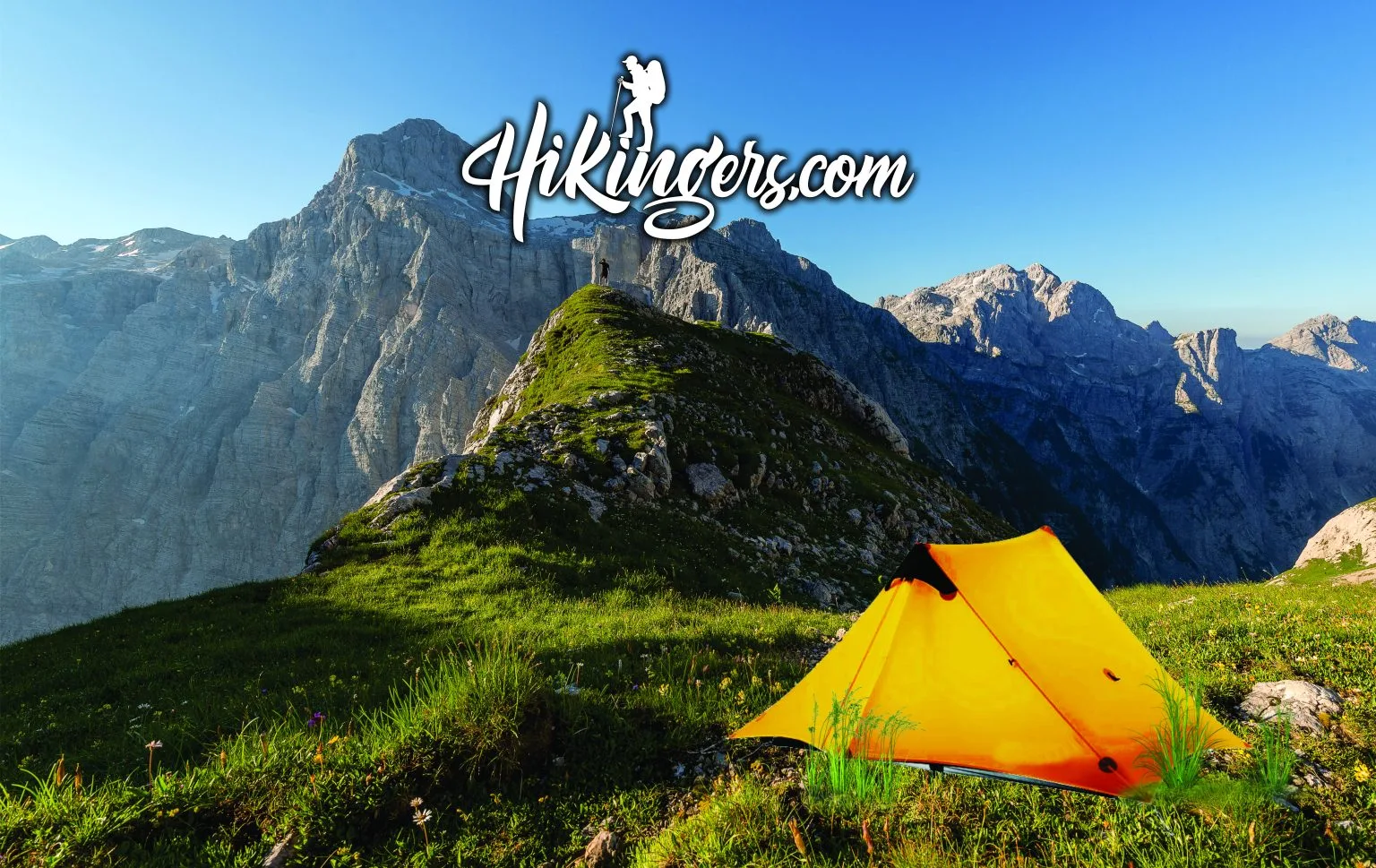Many hikers debate crossing over into trail running or vice versa based on available footwear. However important distinctions exist in optimizing each discipline through proper shoe design, materials, and components. Understanding key variations helps match desired adventures to ideal performance gear guarding against unnecessary injury risk.
Weight and Cushioning
Running shoes feature deliberately minimized mass while hiking footwear balances burden with support:
| Shoe Type | Weight | Cushioning |
|---|---|---|
| Running | Featherlight | Moderate padding absorbing shock |
| Hiking | Heavier but sturdy | Thicker lasting across heavy loads |
Extended downhill miles burden joints needing structured cushioning not engineered into fleet racing flats aimed primarily at road or gravel paths. Light hiking styles work better for groomed, grade-friendly trails.
Traction and Tread
Gripping varied terrain demands aligned lug and contact patch engineering:
| Type | Outsoles | Traction |
|---|---|---|
| Running | Sticky rubber | Smoother paths |
| Hiking | Durable lugs | Loose rocks, mud and inclines |
Trail runners utilize closely spaced chevrons and multi-directional lugs for grasping packed earth efficiently at speed. Hikers traverse looser rubble and slippery surfaces demanding widely spaced aggressive tread better shedding collected debris across endless up/down cycles.
Stability and Structure
Diverse footing requires targeted stabilization solutions by:
| Shoe | Ankle Support | Stability |
|---|---|---|
| Running | Flexible | Quick strides |
| Hiking | Reinforced | Multi-axis flexibility |
Test ankle flexion before long runs but avoid rollovers off-camber leveraging frames, capped rearfoot walls, and snugly integrated gaiter connections across hike length days. Midsole support also varies greatly between activities.
Weatherproofing and Protection
Changing conditions dictate essential shielding properties uniquely:
| Footwear | Weather Resistance | Protective Features |
|---|---|---|
| Running | Breathable fabrics | Minimal overlays |
| Hiking | Waterproof membranes | Toe bumpers and heel shields |
Block external water infiltration but allow sweat vapor release across pressure and temperature shifts associated with hiking unpredictable weather possibly forcing unplanned overnighting. Light trail runners soak through fast once storms strike far from the bailout shelter.
Fit and Sizing
Ideal fit formulas differentiate by sport given variance across:
| Shoe | Right Fit | Considerations |
|---|---|---|
| Running | Snugogeneous | Thin specialty socks |
| Hiking | Allows toe splay | Thick wool hiking socks |
Test kickbox freedom checking uphill toe impacts that blacken nails painfully over steep grades commonly encountered while trekking. Conversely, eliminate dead air space heat generated on tarmac stretches running half marathons.
Conclusion
In the end, equipment specialized distinctly for each sport wins out over a one-shoe-fits-all mentality fearing investment beyond initial purchase points. Properly constructed hiking boots and running trainers balance key considerations like weight, protection, and traction uniquely tailored just to core disciplines asked routinely across intended surfaces. certainly, crossover potential exists but is evaluated separately by primary objectives guarding against needless injury risk or performance limitations when improperly equipped.
Frequently Asked Questions Comparing Hiking and Running Shoes
Are trail running shoes good for hiking?
Only for groomed paths across moderately rolling trails will lightweight trail runners match their needs safely. Technical terrain, heavy backpacks, and unpredictable weather favor sturdier hiking shoes instead of better-stabilizing ankles, footing, and loads across rugged landscapes involving loose surfaces.
Can I use hiking shoes for running?
You can try lacing up hiking shoes attempting short runs but heavy, rigid boots prove overly constrained and generally unsuitable when trying to log daily run training cycles or complete half marathons. Stick with purpose-built trail running models matching proven construction to intended sport usage specifics.
Why are hiking boots better for backpacking?
In addition to crucial ankle support managing extended mileage plus heavy packs, quality backpacking boots also block weather extremes keeping feet dry and warm across log distance days involving potentially slippery, cold, or muddy conditions. Attempting thru-hikes requires footwear prioritizing protection and stability, not lightweight designs favoring running velocity alone.
How do I choose between trail runners or hiking shoes?
Define intended distances and difficulty levels first choosing hiking footwear if carrying substantial weight for long mileage or across uneven terrain demanding security. Moderate day hikes on improved pathways favor running models offering ventilation and nimbleness instead. Hybrid shoes also split differences when uses vary routinely across training.
Do trail runners offer enough traction for winter conditions?
Only models purpose-built for frozen terrain using deep, widely spaced lugs specifically engineered to grip icy, mushy, or slick-packed surfaces will suffice across true winter sport instead of mere cool fall days. Again analyze primary seasonal usage when selecting ideal footwear by activity and typical base surfaces involved.
Why are mid-height hiking boots preferable for some people?
Mid-cut rather than low or high-top designs provide a versatile sweet spot bracing ankles significantly better than oxfords do while avoiding overheating issues associated with full-height backpacking boots across moderate distances. Choose height by balancing needed support against the aerobic effort expected.
How much do lightweight hiking shoes really help performance?
Purposeful engineering drops critical ounces but still unlike minimalist runners true hiking geometry cannot strip stability reinforcement down to bare minimums without risking rolled ankles far from help. If choosing lightweight models, also bring along ankle braces adding supplemental stability when fatigue sets in many miles across rugged topography. Do not assume Ultralight always makes the right choice.
Should I choose Gore-Tex lined trail running shoes?
Waterproof membranes help block external moisture but can compromise long-run breathability as feet heat up and sweat gets trapped with nowhere to evaporate cooling properly. Compare tradeoffs but recognize excess interior condensation causes blisters too. There exist no perfect solutions only acceptable performance balancing acts cherry-picking the best expected case.
Why do some trail runners have shields across their toes or heels?
Protective trail running designs reinforce regions prone to stubbing or shear when foot plants at an angle along uneven terrain. Sudden slab edges grinding across exposed toes or talons also require durable uppers shielding from loose debris Even fleet-footed hikers risk ankle twisting unless aware of unknown paths. Hence durable construction wins the distance race.
How do minimalist hiking shoes compare to barefoot running models?
True barefoot ideologies take concepts too extreme by eliminating properly protective layers and stability gains engineered into pragmatic lightweight offerings. With ultra distances ahead across remote landscapes, common sense dictates some degree of safety redundancy beyond merely sufficient especially when mileage logs extensive timelines through isolated exposure. Let reason trump dogma.
Why do some hiking boots include Gore-Tex socks inside?
Internal waterproof bootie construction seals out moisture infiltration through outer fabric layers maintaining dry feet comfort when fording streams or slogging through puddles. Exterior insulation also stays viable longer guarded from saturation but ventilation still flows preventing interior condensation unlike molded rubber bottoms found on fishing waders limiting air permeability entirely.
Do I need to spray water protection on mesh trail running shoes?
Optional waterproofing treatments like silicone sprays beading liquids from fragile mesh panels remain easily reapplied restoring fading factory applications after cleaning. But cross-linked polymer solutions clog breathability losing all-around capability so apply sparingly just on exterior high wear zones not lower fabric layers making interior condensation and heat retention worse long run.
When do trail runners require replacement compared to hiking boots?
Unlike stout hiking boots resoling repeatedly, thin open running soles wear out quickly once lug edges round off from granite scrapes limiting traction across muddy slopes and loose downhill shale fields. Expect to replace athletic trainers annually averaging 500-750 miles before injuries occur from insufficient stability once treads smooth over. Rotate in new models each season.
Why are insoles so important when selecting hiking versus running shoes?
The long-term foot fatigue and joint stress of multi-day trekking creates customizable insole opportunity ensuring ideal alignment, pronation correction, and metatarsal support. Meanwhile running relies more on lightweight built-in contouring allowing only supplementary inserts. Therefore hike your own path planning podiatric priorities before debilitating pain follows poorly supported arches.
Should I choose Warm, Waterproof, or Breathable hiking boots for winter conditions?
Analyze regional norms differentiating between standing snow levels versus frozen trails alternating freeze/thaw cycles. Then determine the importance of insulation, water protection, and ventilation accordingly. Transitional seasons likely demand hybrid trade-offs selecting footwear balancing breathable membranes and mild insulation weights suitable for mixed conditions typical shoulder months. There exists no one-type-protects-all-scenarios silver bullet but informed expectations avoid suffering unnecessarily.
You May Also Like

My name is David James I am an adventurous hiker based in California. Through this weblog, I percentage my passion for exploring nature’s wonders, documenting breathtaking trails and hidden gemstones.



